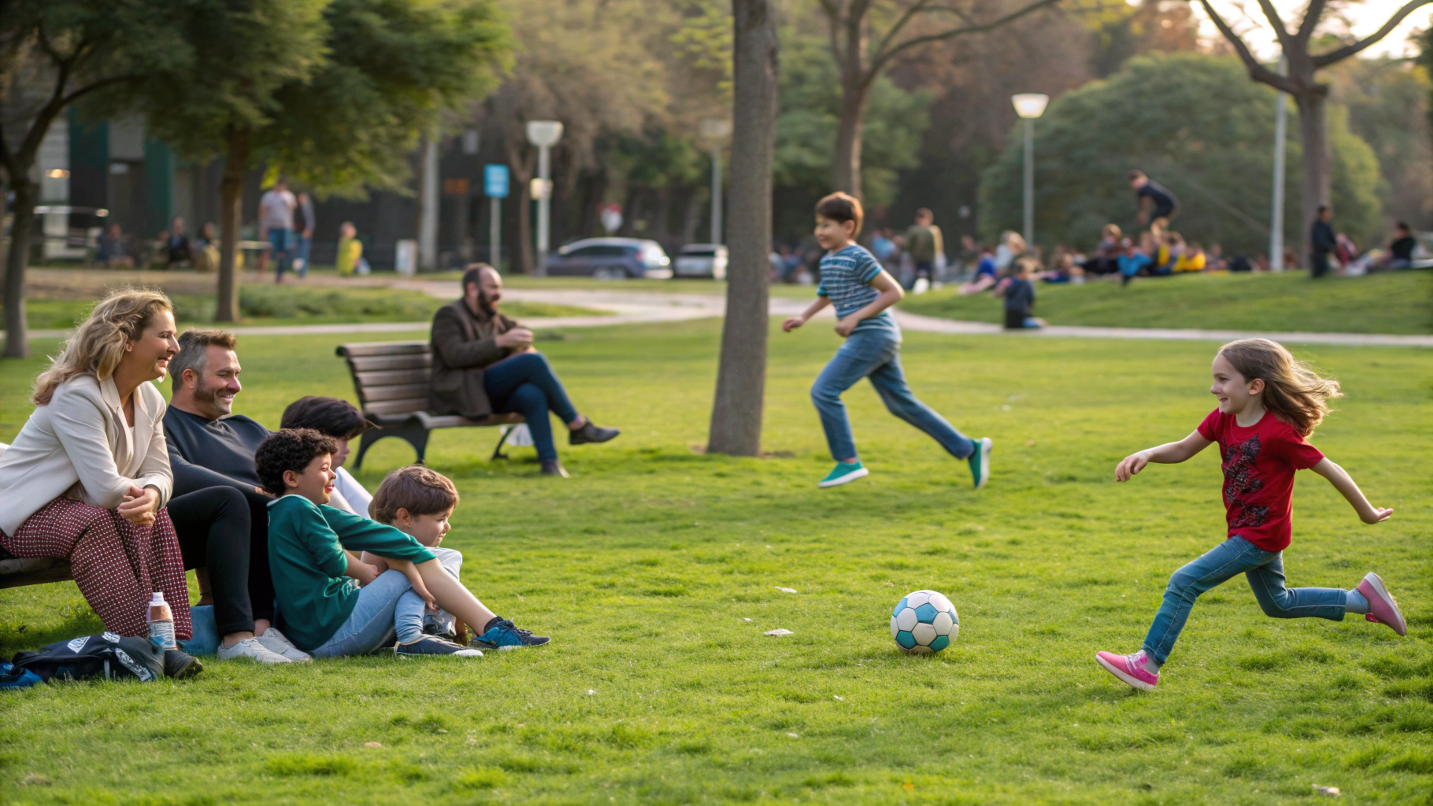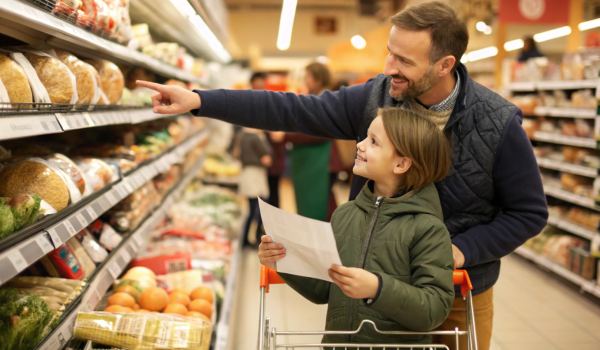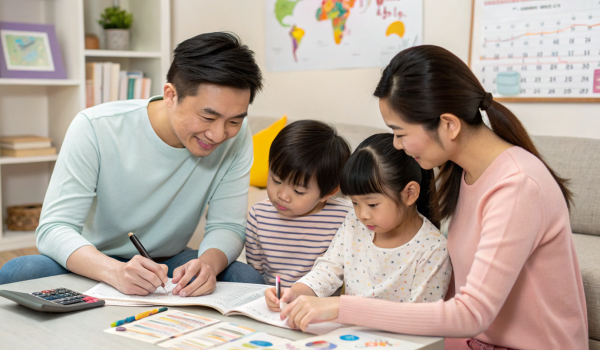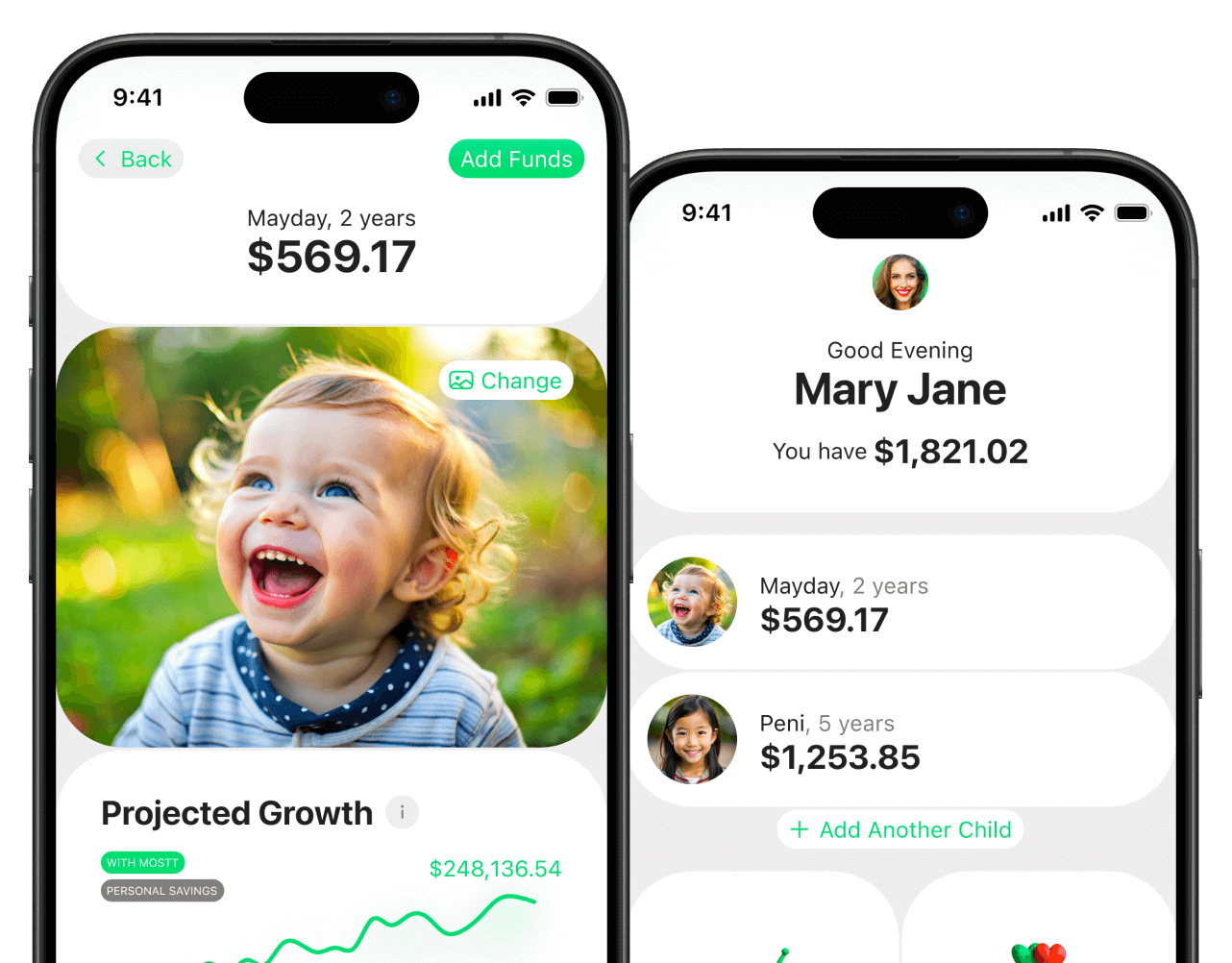Picture this: your child is out shopping with friends. They’ve just gotten their allowance, or maybe they’re spending a gift card they received for their birthday. The shelves are stacked with low-cost trinkets and trendy items. Their friends are grabbing handfuls of cheap gadgets and fast-fashion T-shirts.
Here’s the tension: Will your child go along with the crowd, buying whatever looks fun in the moment? Or will they pause, think about the value of money, and choose something that aligns with their values—a purchase that lasts longer, costs less in the long run, and even helps the planet?
As parents, we want our kids to grow up financially wise and socially responsible. But in a world of constant advertising and disposable products, teaching them how to connect money with meaning isn’t easy.
That’s where eco-friendly finance comes in. When we teach our kids sustainable spending habits, we’re not just helping them save money—we’re preparing them to live in a way that benefits their future and the future of the world they’ll inherit.
Why Kids Need Sustainable Spending Habits
The habits our children form with money often stick for life. Research shows that kids’ money habits are set by age seven (Cambridge University), which means the lessons we teach early on will echo into their adulthood.
If we don’t talk about sustainable finance, our kids risk falling into patterns of impulsive spending—habits that not only drain their wallets but also encourage waste. The average American household throws away over 1,000 pounds of food per year (EPA) and contributes to mountains of textile waste, with 11.3 million tons of clothing ending up in landfills each year (EPA).
On the other hand, teaching kids that every dollar is like a vote—for sustainability, for stewardship, for the kind of world they want—empowers them to think long-term. They begin to see money as more than instant gratification. They see it as a tool for impact.
And here’s the good news: you don’t need to be an eco-expert to raise kids with sustainable money habits. You just need to start with small steps.
Step One: Start Small With Everyday Purchases
Big lessons don’t always require big lectures. The best way to teach sustainable spending is by weaving it into the choices your kids already make.
-
Toys: Next time your child wants a toy, compare two options. One is flashy but cheaply made; the other costs a little more but is built to last. Ask: “Which one will you still enjoy in six months?” That question teaches durability over disposability.
-
Water bottles: Instead of constantly buying bottled water, show your child how investing in a reusable bottle saves money and reduces waste. Do the math together. A $20 stainless steel bottle can replace hundreds of plastic bottles a year (The Penny Hoarder).
-
Clothes: Take them thrifting. Not only is it cheaper, but it’s also an eco-friendly way to shop. Frame it as a “treasure hunt,” and suddenly sustainability feels fun.
The goal isn’t to guilt them into making the “right” choice. It’s to help them see that money carries weight—and their choices add up.
Step Two: Connect Spending to What They Care About
Kids are far more likely to stick with sustainable spending habits when they connect it to something they already care about.
-
If your child loves animals, introduce them to companies that give back to wildlife protection (like Patagonia, which donates 1% of sales to environmental causes).
-
If they care about oceans, show them how avoiding single-use plastics supports cleaner waters (Ocean Conservancy).
-
If fashion excites them, introduce resale platforms like ThredUp or Poshmark, where they can find trendy clothes at a fraction of the price.
By linking spending to their passions, you shift the conversation from “You should spend this way” to “Look at the impact you can make with your money.” That subtle shift builds internal motivation.
Step Three: Make Sustainable Spending a Family Habit
Kids learn best by watching us. If they see us constantly chasing bargains without considering long-term value, they’ll mimic that. But if they watch us pause, weigh our choices, and consider the bigger picture, they’ll start doing the same.
Try these simple family practices:
-
Monthly Money Check-In: Pick one night a month to talk about purchases. Share a recent sustainable choice, like repairing something instead of replacing it, or choosing a reusable over a disposable option.
-
Kid-Led Research: Let your kids research eco-friendly alternatives. Maybe they find a sustainable snack brand or compare product lifespans.
-
Celebrate Wins Together: Each time your family makes a sustainable purchase, celebrate. High-fives, small rewards, or simply calling it out as a win reinforces the value of the choice.
Want inspiration? Organizations like Green America publish family-friendly tips for shopping more sustainably without overspending.
Why This Matters More Than Money
At first glance, sustainable spending looks like it’s just about saving money or reducing waste. But the bigger lesson is about mindset.
When kids practice eco-friendly finance, they’re learning to:
-
Think long-term. Instead of asking, “What do I want right now?” they ask, “Will this last?”
-
Weigh impact. They begin to see how their choices affect not just themselves, but others and the planet.
-
Align spending with values. They realize money isn’t just for buying—it’s for building the kind of world they care about.
These are the same principles that lead to smart investing, careful saving, and thoughtful giving as adults (CFPB Money as You Grow).
Real-Life Example: The Allowance Challenge
Here’s a simple way to put eco-friendly finance into practice.
Give your child an allowance with a twist: they must split it into three buckets—Spend, Save, and Give. But within “Spend,” add a family rule: each purchase must be sustainable in some way.
-
If they want a new shirt, they check resale apps before buying new.
-
If they want snacks, they choose the brand with less plastic packaging.
-
If they want toys, they select one that’s built to last or made from recycled materials.
At first, it might feel restrictive. But over time, kids learn that sustainable spending is not about saying “no”—it’s about saying “yes” to what matters most.
A Simple First Step This Week
Don’t feel pressure to change everything at once. Just start small.
-
Swap one disposable product in your home for a reusable.
-
Talk through one purchase with your child before buying.
-
Challenge them to research one eco-friendly brand.
The key is momentum. Every small step adds up. And with each conversation, you’re planting seeds that grow into lasting habits.
Final Word
Your kids are watching how you spend. If you can model and teach them that money isn’t just for getting what they want—but also for protecting the planet and aligning with their values—you’ll give them something far more valuable than a bank account balance.
You’ll give them wisdom. You’ll give them vision. You’ll give them the tools to live generously, thoughtfully, and sustainably.
That’s eco-friendly finance. And it starts right at home.




